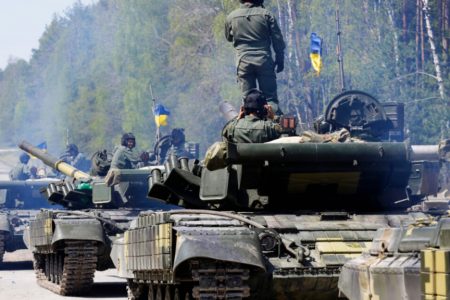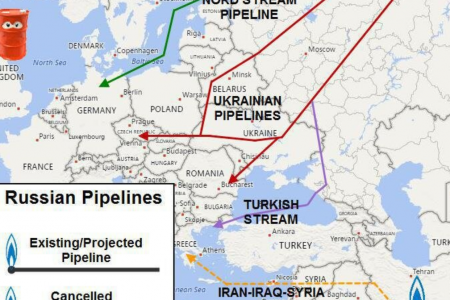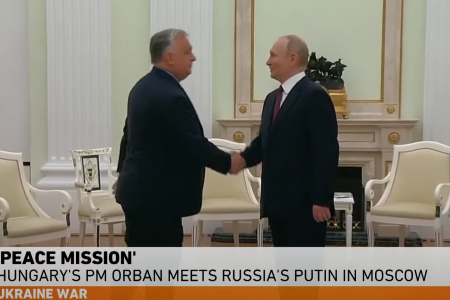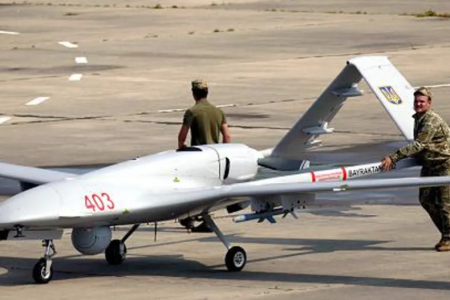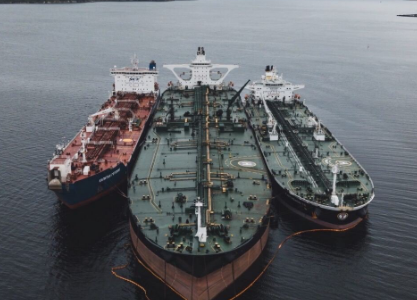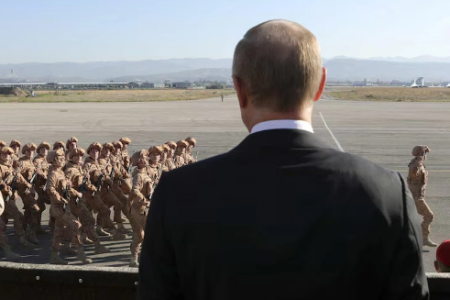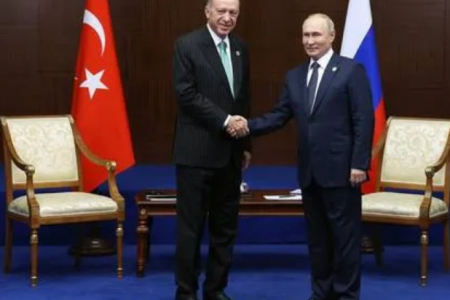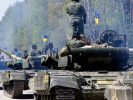
Threats from China
Until recent years, China’s rise in many fields has made the South China Sea (Vietnamese call it the East Sea) area a dangerous “gunpowder barrel” in the world. China’s important goal is to monopolize the sea, thereby creating momentum for China to reach out to the Indian Ocean and the Pacific Ocean to satisfy its “Chinese dream.”
China’s aggressive actions in the South China Sea have contributed to pushing Vietnam – China’s neighbor and “socialist brother” country, out of China’s orbit, and at the same time, Vietnam also moves closer to the US – a former enemy of Vietnam.
Vietnam is gradually realizing that China cannot be trusted when “territorial expansionism” is ingrained in the blood of Chinese leaders. However, with military capabilities at sea, Vietnam is far from being able to keep up with China. Therefore, Vietnam had to enlist help in building maritime capabilities from the US to deal with the aggressive and powerful Chinese navy.
Who is stronger than who?
China is increasingly using its power in this region, including intelligence, surveillance, and reconnaissance (ISR) operations in the South China Sea.
So far, according to many experts, China has made impressive progress in terms of quantity, variety, and quality of its ISR capabilities in the South China Sea.
However, the US’s ISR capacity in this region is still superior. For China, the South China Sea is a haven for its nuclear-powered interceptor submarines stationed at the Yulin naval base on Hainan Island, helping to thwart the first wave of attacks. The US wants to exploit this zone of refuge by using the ISR to detect, track and, if necessary, attack Beijing’s submarines. China responded by developing the ability to neutralize the US ISR in some of the areas it occupies in the South China Sea during times of conflict. These installations are pivotal to China’s security and the country will not change, despite threats from the US and other countries.
Strategic dynamics also seriously affect America’s allies and partners in Asia. Indeed, the countries that host the US ISR, including Malaysia, the Philippines, and Singapore, could become Chinese targets if a US-China conflict breaks out. According to Felix Chang, a former US intelligence officer, China’s improvement in ISR capabilities in the South China Sea has been demonstrated through faster response times of maritime forces to events here. Felix Chang believes that China intends to “develop an ISR network capable of attacking offshore vessels.”
After installing land- and coastal-based radars and high-frequency navigation devices at locations such as Mischief Reef in the Truong Sa (Spratlys), as well as retrofitting satellites, airborne early warning aircraft and unmanned aircraft, China can “create a naval fortress for nuclear deterrence at sea.” For now, China still cannot match the vast network of American ISRs, surface ships, submarines, satellites and drones – many of which have specialized functions, like the Impeccable spy ship. By far, the US has the largest and most capable fleet of spy planes in the world, known as signals intelligence (SIGINT) planes. Furthermore, the US equips most of the Navy’s top warships, such as Ticonderoga-class cruisers, Arleigh Burke-class destroyers, and submarines, to perform SIGINT missions. The US satellite ISR capability far exceeds that of China, not to mention the potential contributions of military assets from its allies and partners, such as Japan, Australia, and Taiwan. American ISR assets collect communications between Chinese command and control centers, as well as radar systems and weapons, including surface-to-air missiles, anti-aircraft artillery and aircraft. fight. Other U.S. ISR probes gather intelligence in an “actionable” format for expeditionary and irregular warfare.
According to a US Navy-National Security Agency report on the 2001 collision of a US spy plane with a Chinese fighter jet, the US is capable of locating and collecting routes transmissions related to Chinese submarines, as well as their correlation with specific ships. The US can also deploy some ISR missions to provoke the response of the targeted military forces, thereby helping to block the flow of communications. China has made many provocations to the US in this regard. For example, the collision between the US and China involved EP-3 and P-8A Poseidon aircraft, and US Navy ships such as Impeccable and Bowditch.
Vietnam needs to rely on the US
The relationship between Vietnam and the US in all aspects, including in the sensitive area of security, has continued to be tightened in recent years. This is reflected in the recent remarks of the former US Ambassador to Vietnam, Daniel Kritenbrink, that the two countries have almost identical interests in regional security and stability issues. That explains why the Biden administration decided to consider Vietnam as its main partner in the Indo-Pacific when it included Vietnam, not two US allies in the region, the Philippines and Thailand, in the New Interim Security Strategy Guidelines published in early March 2021. The relationship between the US and Vietnam is only a comprehensive partnership, but according to analyst Grossman, this relationship is in fact already at a strategic level.
One of the areas of cooperation between the two sides is to help Vietnam strengthen ISR activities in the South China Sea. Since 2015, the Obama administration has agreed to provide a $40 million grant to strengthen Vietnam’s ISR operations. (first)
In 2017, the Vietnam-US joint statement during the visit of the then Vietnamese Prime Minister, Mr. Nguyen Xuan Phuc, also mentioned the strengthening of security and intelligence cooperation between the two sides. (2)
Although the two sides did not specify what security and intelligence cooperation activities between the two sides are, experts commented that it is the ISR information in the South China Sea that Vietnam needs to prepare if China starts its attack at sea.
Previously, ISR information of this type was provided to Vietnam by the Soviet Union. Vietnam’s ISR information collection activities are very limited, because this information must be collected by satellites and sonar devices on the seabed, while Vietnam’s means and capabilities do not allow. Currently, Vietnam only has satellites for civilian use, not military satellites. Therefore, the ISR information provided by the US is very valuable to the Vietnamese navy.
Recently, the US side is making efforts to promote the enhancement of Vietnam-US defense exchanges and cooperation to a new height. However, in recent times, Vietnamese officials seem to focus on the 13th Party Congress, which is in fact the rearrangement of Vietnam’s senior personnel positions. It is hoped that in the coming time, the defense cooperation and exchange between Vietnam and the US will continue to develop, especially in the field of ISR cooperation and information sharing between the two sides.
Thoibao.de (Translated)



